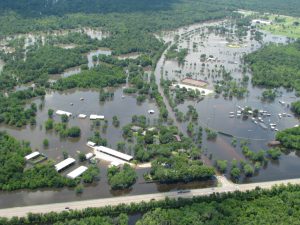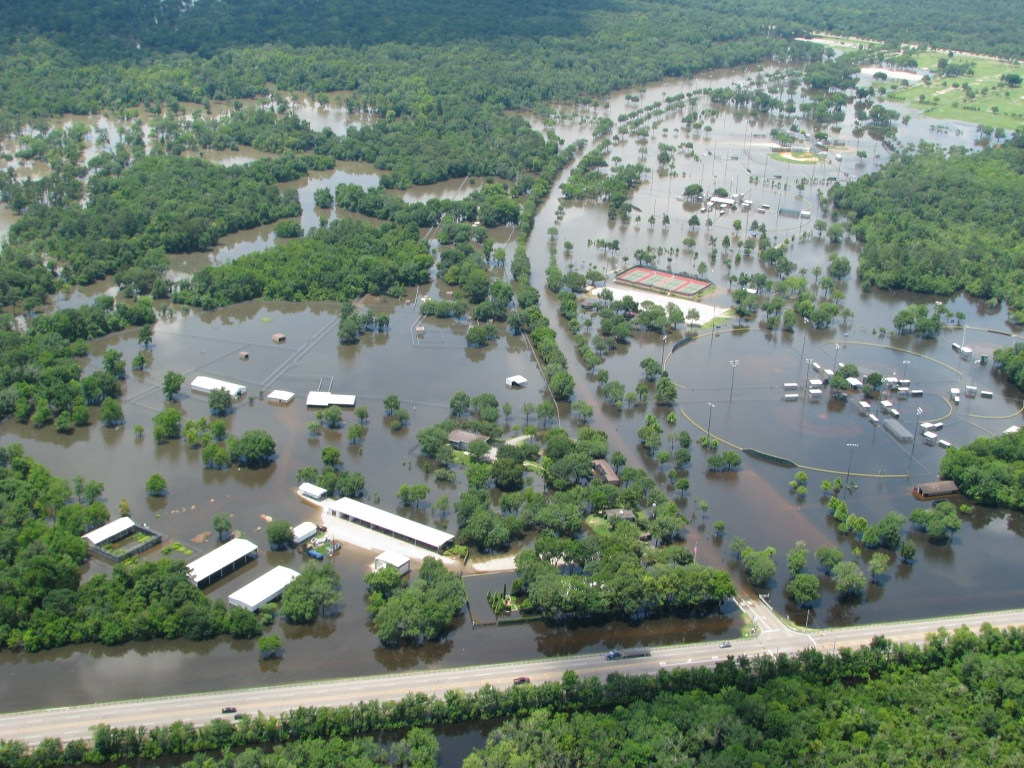On Jan. 11, 2017, Houston mayor Sylvester Turner sent in SWAT to solve long-standing drainage problems across the city.

Two large-scale flooding events that affected Houston and surrounding areas less than 12 months apart from each other highlighted striking vulnerabilities in the city’s flood management infrastructure. With the formation of a Storm Water Action Team (SWAT) in January, Houston Mayor Sylvester Turner moves to rehabilitate critical water conveyance systems. (Photo courtesy of the U.S. Army Corps of Engineers)
But instead of carrying out high-stakes military operations, this SWAT — the cleverly named Storm Water Action Team — will commence work on approximately 100 deferred projects focused on maintaining and upgrading Houston’s aging flood management infrastructure.
The formation of the team represents the first large-scale project spearheaded by Stephen Costello, who was appointed Houston’s “flood czar” last April following regional flooding that killed at least eight people and affected around 2000 residences.
“No longer will we be reactive,” said Turner in a press release from the mayor’s office. “This approach will allow us to anticipate when and where improvements are needed and then take care of them before we have a problem… In 2017, the emphasis will be on flooding and drainage. This is the next big step in improving Houston’s infrastructure.”
Prior to the plan’s announcement, potential rehabilitation efforts were prioritized based on the frequency of 3-1-1 calls and historically vulnerable areas to flooding. Rather than constructing new infrastructure, SWAT will focus on drainage problems not directly attributable to overflow from the city’s nearby bayous, which are under the jurisdiction of the Harris County Flood Control District (Houston).
The Houston City Council approved $10 million in funding for 22 initially identified projects in the city’s most at-risk areas, which address
- undersized, collapsed, or misaligned culverts;
- silted ditch flow lines;
- collapsed and/or caved-in outfalls and storm sewer lines; and
- grate failures.
“I know a forecast of stormy weather causes anxiety and fear for many Houstonians,” Turner said. “There is no reason why we can’t help alleviate some of those concerns. These are practical improvements that can be completed quickly to provide the greatest amount of relief and reduce the possibility that water will enter homes and strand motorists.”




